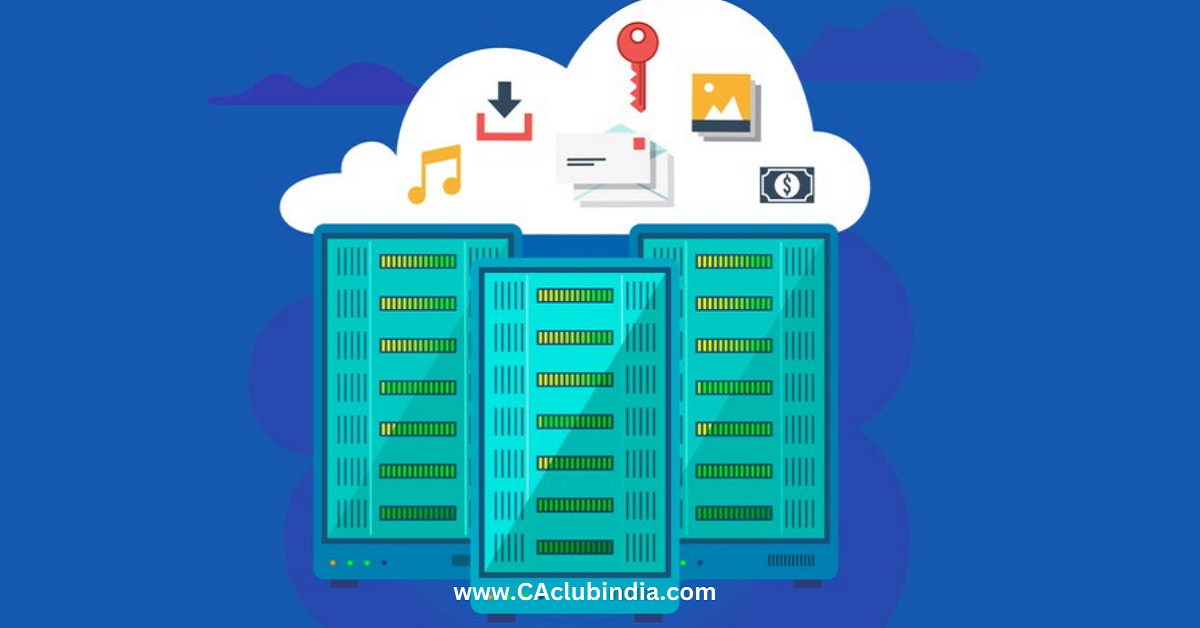Today, I'm sharing something you might never have heard of or thought of: storing data in DNA. DNA data storage has the potential to completely transform digital storage because of its unmatched sustainability, longevity, and density. With the use of this technique, binary data may be converted into biological representations by encoding digital information into DNA sequences. DNA uses very little energy, can store enormous volumes of data in a small amount of area, and can keep it for thousands of years. Even with the present obstacles-expensive pricing, sluggish processing speeds, and mistake rates-further developments could lead to the commercial viability of DNA storage. Applications include everything from data centers to archive storage to preserving personal data. In order to address the increasing demands of data generation, DNA storage represents a major advancement.
Storing Information in DNA
In a time when the amount of data being created is growing at an unprecedented rate, traditional ways of storing data are struggling to keep up. The rapid increase in digital data means we need new storage solutions that are not just big in capacity but also strong and eco-friendly. DNA data storage is a groundbreaking technology that could solve these problems by using the natural properties of DNA to store huge amounts of information.

What is DNA Data Storage?
DNA, or deoxyribonucleic acid, is the molecule that carries the genetic information in all living things. Its structure, made up of four types of nucleotide bases-adenine (A), thymine (T), cytosine (C), and guanine (G)-forms the basis for storing data. In DNA data storage, digital information is turned into sequences of these four bases, translating the binary code (0s and 1s) into biological sequences.
How Does DNA Store Data?
The process of turning data into DNA involves several steps
- Digital to Binary Conversion: The digital data, like text, images, or videos, is first converted into binary code.
- Binary to DNA Conversion: The binary code is then mapped to DNA sequences. For example, a binary '00' might be represented by adenine (A), '01' by cytosine (C), '10' by guanine (G), and '11' by thymine (T).
- Synthesis: The DNA sequences are chemically made, creating physical strands of DNA that hold the digital information.
Decoding is the reverse process where the DNA is read to retrieve the stored information, which is then converted back from DNA sequences to binary code, and finally to the original digital format.
Benefits of DNA Data Storage
- High Capacity: DNA can store data much more densely than traditional storage methods. One gram of DNA can theoretically hold 215 petabytes (215 million gigabytes) of data.
- Durability: DNA is incredibly stable, able to keep information safe for thousands of years if stored properly. Unlike magnetic tapes or hard drives, DNA does not deteriorate over time in a way that could damage the data.
- Eco-Friendliness: DNA data storage uses much less energy for long-term maintenance compared to data centers that require constant cooling and power.
Obstacles and Future Possibilities
Despite its potential, DNA data storage still faces a few obstacles
- Cost: Right now, making and reading DNA is expensive. Improvements in biotechnology are needed to make DNA storage affordable for everyday use.
- Speed: The processes of writing (synthesizing) and reading (sequencing) DNA are slow compared to electronic storage methods. Research is ongoing to speed these processes up.
- Error Rates: Mistakes can happen during the DNA synthesis and sequencing processes. Developing effective ways to correct these errors is crucial for reliable data storage.
Uses and Innovations
Researchers and companies are looking into various uses for DNA data storage. Some examples include
- Long-Term Archival: DNA is perfect for the long-term preservation of important information, like hi
- Data Centers: Major technology companies are exploring how to use DNA storage in data centers to save space and energy.
- Individual Data Storage: Advancements could make it possible for people to use DNA storage for their own data needs, allowing them to keep large amounts of personal information safely and in a small space.
Conclusion
The use of DNA for data storage is a game-changer in the field of data preservation and access. Although there are still obstacles to overcome, the advantages of this technology are significant. As research and development progress, DNA storage could become a fundamental part of the digital era, providing a sustainable, long-lasting, and highly efficient way to store the vast amounts of data we are accumulating. The future of data storage could be found in the double helix, merging biology and technology in ways we've never seen before.







 CAclubindia
CAclubindia

